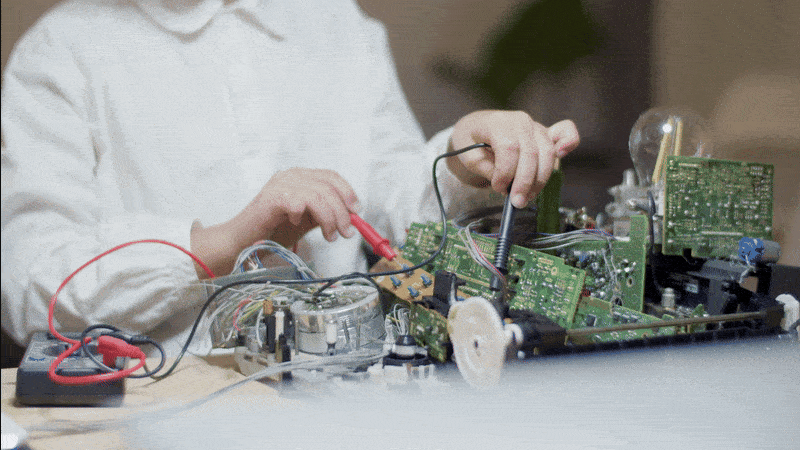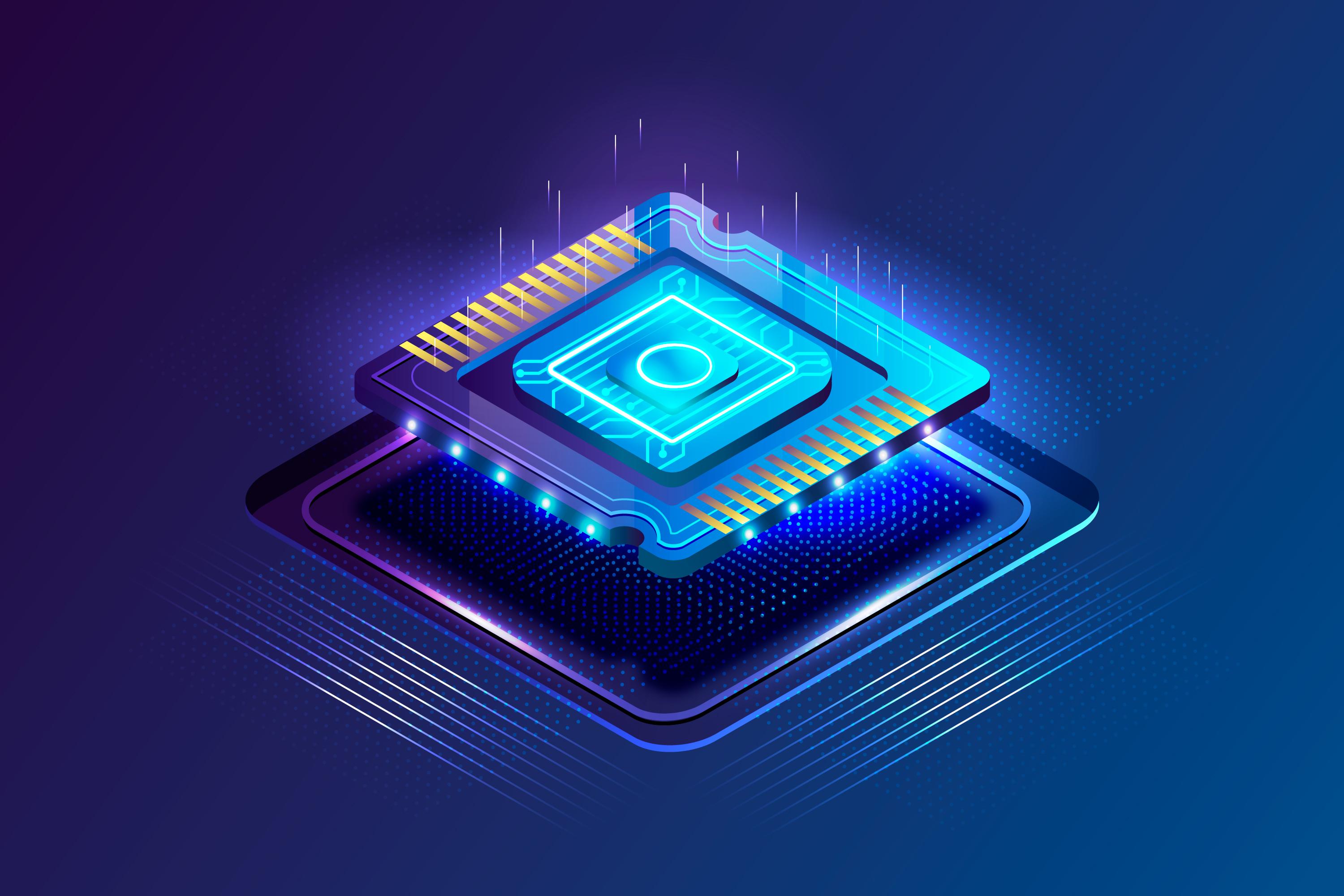The world’s most innovative companies are always on the lookout for highly skilled engineers who can take their products to the next level. Google, a global leader in technology, is no exception. Among the various engineering roles offered at Google, the position of a Google physical design engineer stands out. This highly specialized job is a perfect fit for engineers passionate about designing integrated circuits and shaping the hardware that powers the digital age.
In this blog, we will explore what it takes to become a Physical Design engineer google , the responsibilities of the role, and how you can position yourself for success in securing a position at one of the most sought-after tech companies. We’ll also dive into Google Careers for physical design engineers, outlining the necessary qualifications, skills, and the steps you should take to boost your chances of landing this prestigious role.
What Does a Physical Design Engineer Do at Google?
Physical design engineers are crucial in the hardware development process. They take the high-level design of integrated circuits (ICs) and translate them into the final physical layout that can be fabricated in silicon. In essence, they bridge the gap between the abstract design of circuits and the real-world, physical manifestation of those designs.
At Google, a physical design engineer works with some of the most cutting-edge hardware in the industry, such as chips for Google’s data centers, smartphones, and other hardware products. Their responsibilities typically include:
Placement and Routing
The engineer works on placing various components on the chip and routing the interconnections between them to ensure efficient performance and minimal power consumption.
Timing Analysis and Optimization
Ensuring that signals arrive at the correct times and minimizing delay is a critical task for a physical design engineer at Google. They need to optimize the design to meet timing constraints.
Design for Manufacturability
This includes ensuring that the designs are feasible to manufacture with the current fabrication process. The engineer must take into account the limitations of the manufacturing process to create efficient, high-performing designs.
Power and Signal Integrity
Ensuring that power is distributed efficiently across the chip and that the signal integrity remains intact is another important responsibility of a physical design engineer.
Collaboration with Other Teams
As a physical design engineer at Google, you will collaborate with digital designers, software engineers, and other hardware engineers to integrate all the components seamlessly.
The role demands proficiency in various tools and knowledge of design methodologies. Being part of a company like Google means working on some of the most complex and high-performance systems, so the bar is set high.
Qualifications and Skills Required
To become a physical design engineer at Google, there are several qualifications and skills that you must have. These are a mix of educational credentials, technical expertise, and soft skills.
Here is a breakdown:
Educational Background
A bachelor’s or master’s degree in electrical engineering, computer engineering, or a related field is typically required. Many successful candidates at Google will also have a Ph.D. in a specialized area related to physical design.
Technical Skills
- Expertise in EDA Tools: Familiarity with industry-standard Electronic Design Automation (EDA) tools such as Cadence, Synopsys, and Mentor Graphics is essential.
- Knowledge of ASIC Design Flow: Understanding the flow of designing application-specific integrated circuits (ASICs), from RTL design to final tape-out, is crucial.
Understanding of Digital Logic
A deep understanding of digital circuit design, logic gates, flip-flops, and more is necessary.
Physical Design Methodologies: Knowledge of techniques such as floorplanning, placement, clock tree synthesis, and routing is important.
Timing and Power Optimization
Skills in timing closure and power analysis are critical. Understanding how to optimize designs for both performance and power consumption is a key requirement.
Strong Programming Skills
Familiarity with programming languages such as Python, C++, and TCL can be an asset, especially for automating repetitive tasks or developing custom scripts.
Soft Skills:
Problem-Solving Skills
Physical design engineering requires creative problem solving, as the challenges can be complex and involve a lot of trial and error.
Collaboration
Working effectively with other engineers across multiple disciplines is essential. Communication skills and the ability to work as part of a team are vital.
Attention to Detail: Physical design engineers must ensure that every small aspect of the design is accurate, as a tiny mistake can result in significant performance issues.
Experience
Having a few years of experience in the field, especially at a company focused on semiconductor or hardware development, will significantly improve your chances of getting noticed.
Internships or projects related to physical design, especially at well-known companies in the semiconductor or tech industry, will strengthen your application.
How to Apply for a Physical Design Engineer Role at Google?
If you are aiming to land a role as a physical design engineer at Google, you’ll want to follow a structured approach. Google’s recruitment process is rigorous, but with the right preparation, you can improve your chances significantly. Here’s a step-by-step guide to help you:
Research the Role
Before applying, make sure to read the job description thoroughly on the Google Careers for Physical Design Engineers page. Pay attention to the specific technical and soft skills mentioned, and ensure your resume aligns with the required qualifications.
Tailor Your Resume
Customize your resume to highlight your relevant experience in physical design. Be sure to showcase any work with EDA tools, ASIC design, and power/clock optimization. If you have worked with Google technologies, or in an environment with similar hardware, emphasize those experiences.
Prepare for Technical Interviews
Knowledge of Digital and Physical Design Concepts: Expect interviews to dive deep into the technical aspects of physical design, including concepts such as floorplanning, timing analysis, and placement/routing.
Problem-Solving and Algorithmic Thinking: You may be asked to solve complex design problems, so brush up on your problem-solving skills.
Coding Interviews: Be prepared to demonstrate your proficiency in coding, especially in languages like Python and C++. Google often includes coding problems as part of the interview process.
System Design Interviews
You might be asked to design a system or a component from scratch. Ensure you understand how physical design fits into the larger picture of chip architecture.
Leverage Your Network:
If you have connections at Google, use them to gain insights into the interview process. This can provide you with valuable tips or even referrals to boost your application.
Prepare for Behavioral Interviews
Google places a strong emphasis on cultural fit. Prepare for behavioral questions to demonstrate your teamwork, leadership, and problem-solving abilities.
Google Careers for Physical Design Engineers: What’s Next?
Working as a physical design engineer at Google opens up incredible opportunities. Not only will you be involved in cutting-edge technology development, but you'll also enjoy the benefits of working at one of the most sought-after employers in the tech industry. Google Careers for Physical Design Engineers offer a supportive work environment, opportunities for personal growth, and the chance to collaborate with some of the brightest minds in technology.
Conclusion
Becoming a physical design engineer at Google is a highly rewarding career path, but it requires a combination of technical expertise, practical experience, and strong problem-solving skills. By understanding the responsibilities of the role, aligning your qualifications with the job requirements, and preparing thoroughly for the interview process, you can increase your chances of landing a position at this prestigious company.
Google Careers for physical design engineers offers a chance to work on groundbreaking projects that shape the future of technology. With the right preparation and perseverance, you could soon be contributing to some of the most exciting innovations at Google.

VLSI Career Roadmap for Engineering Graduates: Step-by-Step Guide
A complete VLSI career roadmap for engineering graduates. Learn skills, domains, tools, and steps to become a successful semiconductor engineer in the chip design industry.

Title: Top VLSI Career Paths for 2026 Graduates and Best Semiconductor Companies in India
Meta Description: Explore the top VLSI career options for 2026 engineering graduates and discover India’s best semiconductor companies for high-paying jobs. Learn about roles, skills, and top recruites

Why VLSI Engineers Must Care About Side-Channel Attacks, Secure Design, Verification, and Hardware Mitigation
Learn why VLSI engineers must prioritize side-channel attacks, secure design, verification, and mitigation to build trustworthy, resilient, and future-ready hardware systems.

VLSI Skills Every Engineering Graduate Must Learn to Stay Ahead in the Semiconductor Race
Discover the must-learn VLSI skills for engineering graduates to stay ahead in the semiconductor industry. Boost your career with essential chip design and verification skills.
_11zon.jpg)
How Verification Engineers Master Tools and Languages Used in the VLSI Industry
Discover how verification engineers master essential tools, languages, and methodologies in VLSI industry. Learn skills needed to stay competitive and future-ready.
Physical Design Course in Delhi, Top RTL Design Tools Every Student Must Learn, Top Paying Careers In Physical Design, VLSI Front End Jobs, VLSI RTL Design and Verification Online Training in Delhi, Benefits Of Embedded System Course, Tackle No Experience Dilemma Entry Level VLSI Jobs, Top VLSI Companies EEE Graduates Should Consider, Physical Design Classroom Training in Mumbai, VLSI Internship Guide What To Expect And How To Make An Impact, Career After Mtech Embedded System, VLSI Course in Ameerpet, Google Jobs For ECE Students
Hours
Copyright 2025 © VLSI Technologies Private Limited
Designed and developed by KandraDigitalCopyright 2025 © VLSI Technologies Private Limited
Designed, Developed & Marketing by KandraDigital
